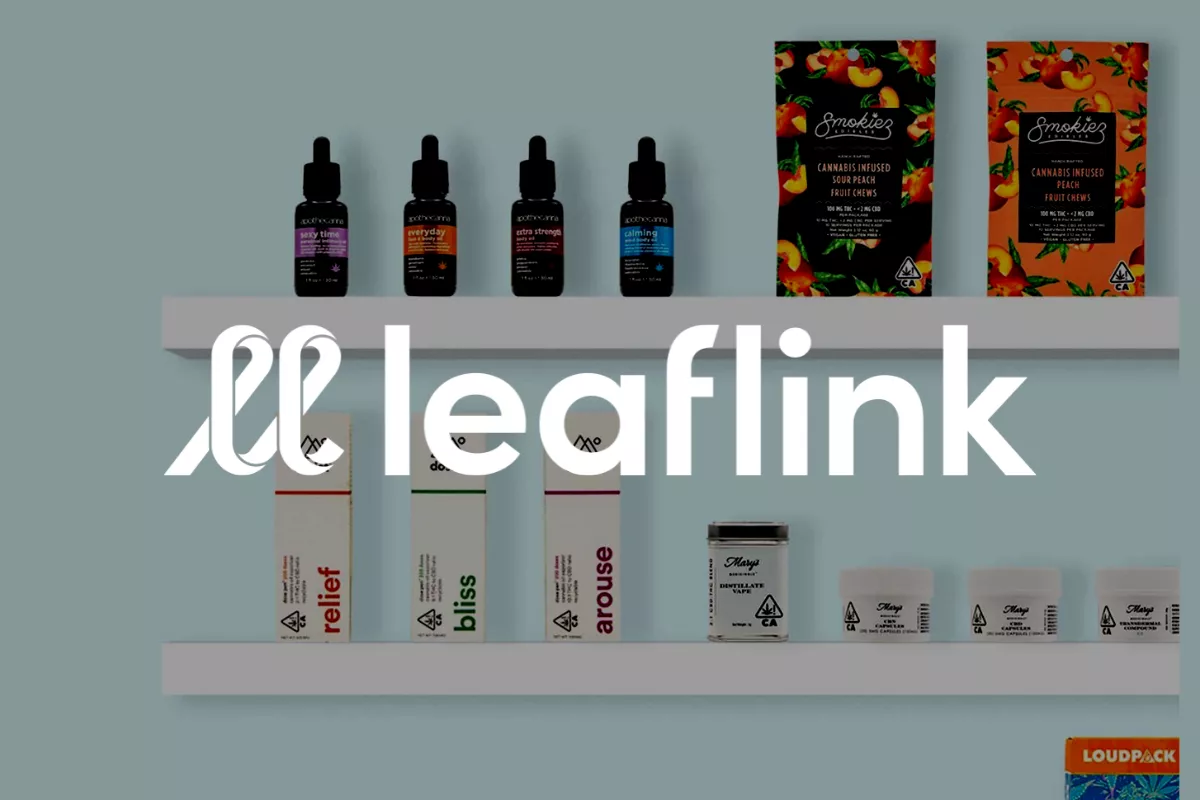Leaflink

LeafLink is the regulated cannabis industry’s largest wholesale marketplace.
In their own words:
We provide cannabis brands and retailers a suite of B2B software tools designed to manage and scale their operations, including order management, financial services, logistics, and marketing & insights services. We are backed by leading VC’s, including Founders Fund, Thrive Capital, and Lerer Hippeau.
LeafLink has experienced rapid growth: since launching in 2016, we have expanded to 30 territories in the US and Canada. With $4.3B in annualized GMV, an estimated 40% of all wholesale cannabis orders move through our platform. While the cannabis industry itself has grown at a rapid clip, our growth has outpaced that of the industry. That said, some segments of our customers are becoming more sophisticated and desire a unified solution approach from LeafLink.
As such, LeafLink is looking to evolve our selling framework to more strongly align with customer segments, customer types (brands and retailers), and market maturity. Given our rapid growth, we aim to design this framework for both scalability and flexibility. Ultimately, we believe that this evolution will drive deeper partnerships with our customers, resulting in even more rapid revenue growth.
Challenges
LeafLinks’s RevOps team was going through a transition. Side by side with a new CPQ implementation to meet the complexity of a new platform sale, the team was going from a few people to a team of eight, all while managing highly technical projects.
As revenue operators, we know there is always more work to do, and we could fill the days of as many operators as we could get our hands on; the key here was prioritizing which hires were most important.
Creating a RevOps Function
We looked at what could be easily outsourced, what core strategic functions the team needed to own, and how that aligned with upcoming projects.
We decided on a functional org chart model (see functional and departmental views here). The initial emphasis would be on standing up an enablement team, hiring several BAs to mature the tools capabilities, and hiring for compensation and strategic project managers.
We were able to make these hard decisions by first creating a roadmap for the next year. Some of it was rough and featured only large commitments. Next, we looked at the current skill sets of the team and how to round it out based on what capabilities the company needed, while also maintaining a balance of strategy, tools, enablement, and insights.
Outcome
In its current state, the team had a strong emphasis on tools and needed more program managers and enablement teammates. Some tough decisions had to be made, such as the decision not to hire a full time engineer, as the team could outsource those projects as they came up. As the team continues to grow, they will put more emphasis on top-of-funnel optimization.
Other Work Done
Sales Team Reorg
Product Strategy Alignment
Investing in Enablement
Defining Career Paths